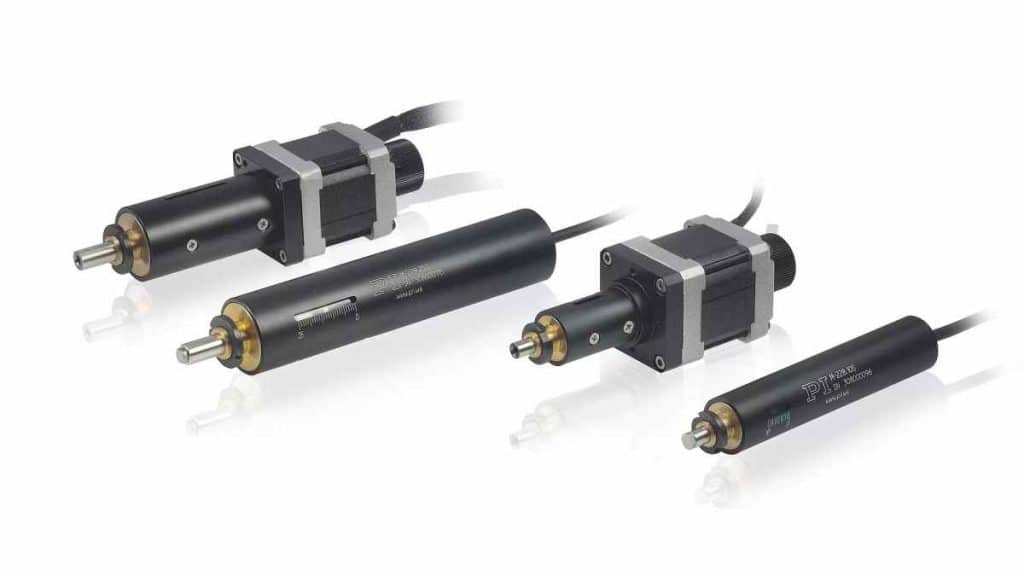According to a recent survey, more than 75% of homeowners are interested in home smartening up. This interest is driven by the desire for convenience, energy efficiency, and security. Linear actuators are playing a key role in meeting these needs, with the market for linear actuators projected to grow at a CAGR of 6.6% between 2021 and 2026. To get more up-to-date information and improvement ideas for your home, visit this page https://www.progressiveautomations.com/collections/linear-actuators and get inspired.
These simple devices are also being used to automate windows, doors, gates, and furniture, making it more comfortable and functional for homeowners. One popular application is when it is applied to adjust the height of desks and tables. By automating the height adjustment process, homeowners and office employees can easily switch between sitting and standing positions throughout the day, promoting better posture and reducing the risk of back pain.
In fact, a recent study found that standing desks can lead to a 50% reduction in back pain compared to traditional desks. This is only one example that shows how motorization can bring you a great number of benefits and ergonomic conditions.
How Do Linear Actuators Work and Their Main Functions
Linear actuators are electrically powered devices that turn rotational motion into linear motion. They consist of a motor, a gearbox, and a lead screw or belt that drives a linear shaft. When the motor turns, the lead screw or belt moves the shaft in a linear direction. Electric drivers come in various sizes and types, including electric, hydraulic, and pneumatic.
The key functions of linear actuators are speed, force, and stroke length. Speed refers to how fast the actuator moves, force relates to the amount of force it can exert, and stroke length refers to how far it can extend. When choosing a linear actuator for home automation, it’s important to consider these key functions and match them to the specific requirements of the application.
What type of Actuator Would Be Best Suited for Home Automation?
Linear actuators are versatile and powerful tools for home automation. They provide linear motion and are used in a wide range of applications, including opening and closing doors and windows, controlling shades and curtains, adjusting TV screens and monitor heights, and even automating kitchen appliances.
Electric actuators come in various types and sizes, and the type of actuator that is best suited for a particular home automation application depends on several factors such as the required speed, force, and stroke length, as well as the operating environment.
For example, electric linear actuators are a popular choice for home automation because they are easy to use, operate quietly, and have a high level of precision. They are also available in a wide range of sizes and can be customized to fit specific application requirements. Electric drivers can be powered by AC or DC power sources and can offer speeds ranging from very slow to very fast, making them ideal for applications where speed control is critical.
How to Improve Your Kitchen with Linear Actuators
One example of how actuators can improve your home is by automating your kitchen appliances. You can use electric motors to automate cabinet doors, drawers, and even countertop appliances. For example, you can use a linear actuator to lift a heavy stand mixer out of a cabinet and onto the countertop. Or, you can use a linear actuator to open and close cabinet doors with the push of a button. These types of automation can save time and effort in the kitchen and make cooking and baking more enjoyable.
More Examples of Successful and Interesting Robotization Projects for Your Functional Abode
Other examples of successful and interesting home automation projects include:
- Automating window shades and curtains: You can use these devices to open and close window shades and curtains on a schedule or with the touch of a button.
- Motorizing TV screens and monitors: You can use linear actuators to adjust the height of your TV screen or monitor for optimal viewing comfort.
- Automating door locks: You can use electric drivers to lock and unlock doors from a remote location or with a keypad.
- Adjusting furniture height: You can use linear actuators to adjust the height of chairs, desks, and tables for ergonomic comfort.
Generally speaking, linear actuators are a powerful tool for home automation and can be used to improve many aspects of your functional abode. When considering which type of actuator to use, it’s important to match the speed, force, and stroke length to the specific requirements of the application. With the right linear actuator, you can transform your home into a fully functional and automated oasis.
